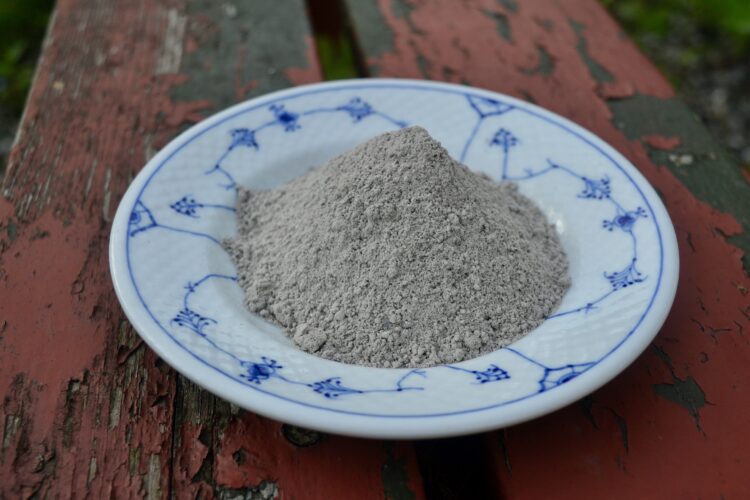pH is very important when using natural dyes, and people have always used available resources to control pH. The easily available bases in the past – and even the deep past – are urine and wood ash. Urine is pH neutral when fresh, but forms ammonia when stored, causing the pH to rise. There is […]
MIDGAARDS HAVE
Safflower is a complex dye plant. It contains red and yellow dyes, and they bind to different fibers. Safflower (Carthamus tinctorius) is one the oldest domesticated plansts. It arose in present-day Syria more than 5000 years ago from a cross between 2 or 3 wild species from the genus Carthamus (this is known from studies […]
Although I’ve had unsuccessful attempts in the past at growing dye plants myself, I’m determined to try it again this year. But it’s always a good idea with a plan B, and that’s my sister. Last year, she grew Coreopsis in her garden, and since she is not a dyer herself, she decided to give […]
I’m in hat knitting mode right now! As soon as this hat was finished, I had the next one on the needles. The pattern, a Danish one called “hue 1” (that just means hat 1, the book has more than one hat) really makes my brain go berserk with color scheme after color scheme. I’ve […]
I have long been fascinated with the colors that one can achieve using the dyes that nature provides. There is an endless experimentation that can be tried, and to chronicle my many experiments, I’ve decided to start writing about it here. That will also allow myself to keep track! Over the summer and fall of […]




